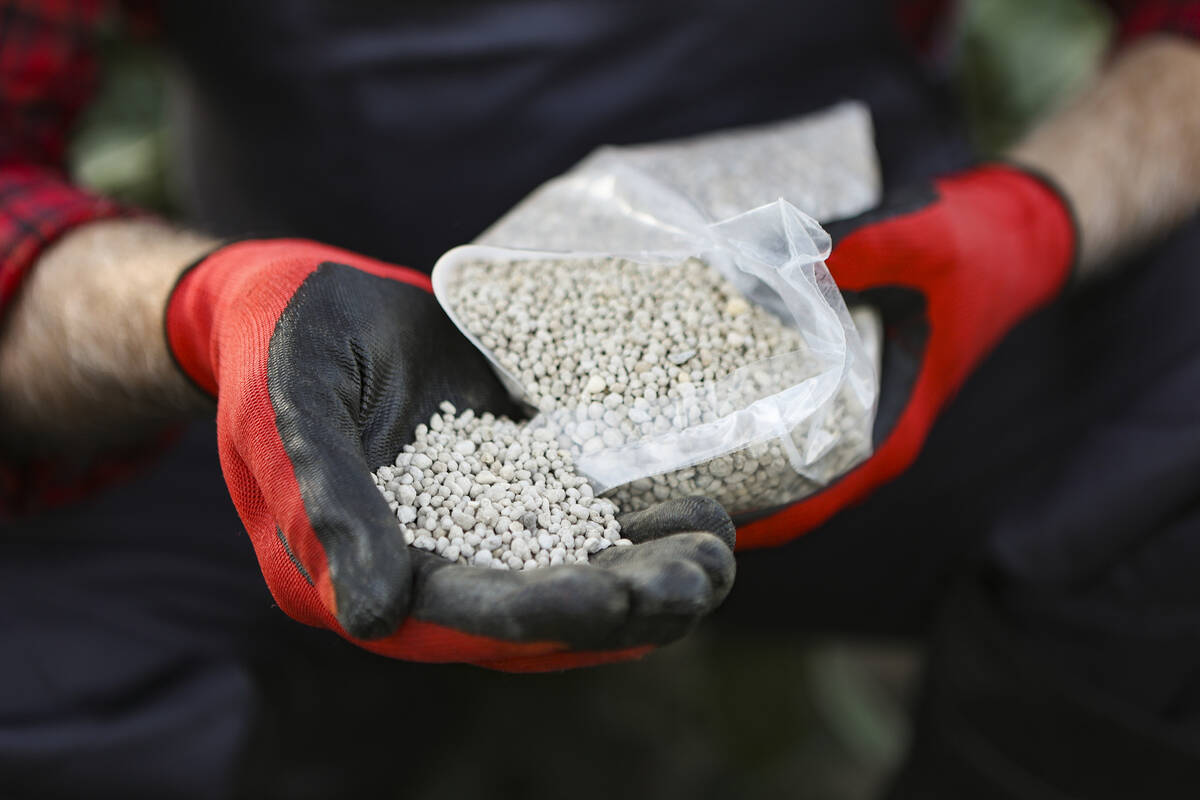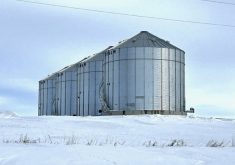SPRING Farmers face tighter margins as commodity prices plunge and input costs hold firm
Commodity prices are at least a third lower than last year and input prices are stubbornly high, so farmers will need a spring strategy to squeeze every dollar from every acre, experts warn.
“There’s going to be pressure on the margins for pretty much most of the crops that we grow in Manitoba and across the Prairies in the upcoming year,” said Bruce Burnett, director of markets and weather information at Glacier FarmMedia’s Marketsfarm.
Why it matters: There is a dimmer profitability picture compared to the honeymoon market that grain producers have enjoyed in the last few years.
Read Also

Fertilizer label changes called costly, unnecessary
Canada’s bulk fertilizer makers now have until July 2026 to update their labels, but industry says rules will be expensive, slow shipments to farmers and won’t actually make the system safer.
In contrast to this time last year, when producers were still suffering sticker shock from 2022’s meteoric fertilizer price spikes, input prices haven’t risen much, if at all, Burnett noted. Unfortunately, they haven’t fallen to pre-spike prices either, and remain expensive.
“Nitrogen prices are lower than they were last year, but phosphates are more expensive or at the same price as they were last year,” said Burnett.
Many farmers have already locked in fertilizer purchases for the spring.
“That’s probably a very comfortable position to be in because retail stock levels are relatively tight this year, so that’s something to keep be aware of.”
Fuel prices have dropped slightly from last year, though Burnett said they are still the third-highest they’ve been in the past 10 years and the reprieve may only be temporary.
“Right now, diesel inventories in the U.S. are relatively low. So, we’re not starting off on a good note as we go into what is a generally high demand season for diesel. We have farmers using it, the transportation sector is still going fairly strong and the construction sector also sees an uptick in demand at this time of year.”
Any increase in demand will raise prices, as will any restriction on supply.
Manitoba farmers might face the latter this spring due to Imperial Oil’s recently announced closure of the pipeline south of St. Adolphe due to structural concerns. Burnett said the shutdown could create supply challenges, depending on how fuel wholesalers navigate the shift from pipeline to truck or rail transport.
“It’s probably not as big of an issue if you’re on the western side of the province, but you could see some issues there in terms of the supply of diesel as well.”
While farmers and farm groups dread the April 1 increase in the federal government’s carbon levy, Burnett expects the effect will be dwarfed by supply and demand pressures. Other components of diesel price will likely weigh much more heavily on what farmers pay to fill their tanks.
Prices are volatile so it might be a good idea to pre-purchase some fuel, he suggested.
In terms of seed prices, commodity price reductions often come with a following reduction in seed price, except for hybrid seeds. Those hybrids have not seen any big price break, he said.
Residuals
There are contrasting pressures when it comes to soil nutrients left over from 2023. Yields were relatively high in parts of the province and in certain crops. Dry conditions over winter, with limited snow cover, may reduce leaching losses when the melt comes.
Burnett cautioned against skimping on nitrogen. Farmers should plan to use enough to protect yield potential. There may be more wiggle room for phosphorus.
“You can probably look at how much you’re applying on the phosphate side. You don’t want to do this every year, but you can afford to pull back a little bit because of where costs are and use that residual phosphate.”
Crop selection
On the cost side of the equation, Burnett said farmers could save money by choosing lower input crops, so long as they fit in the farm’s rotation. Soybeans are one option, since they fix nitrogen.
“Oats are another. While prices came down sharply from last year, the cost of growing oats is lower than your crops as well.”
Interest
Farmers won’t get any breaks on interest this spring now that the Bank of Canada has decided to maintain it’s key lending rate. Aside from avoiding large capital purchases, there isn’t much producers can do about that situation.
In terms of general financial strategy, however, Burnett urged farmers to know their costs, know their soil and leave room for flexibility in their rotation.
















